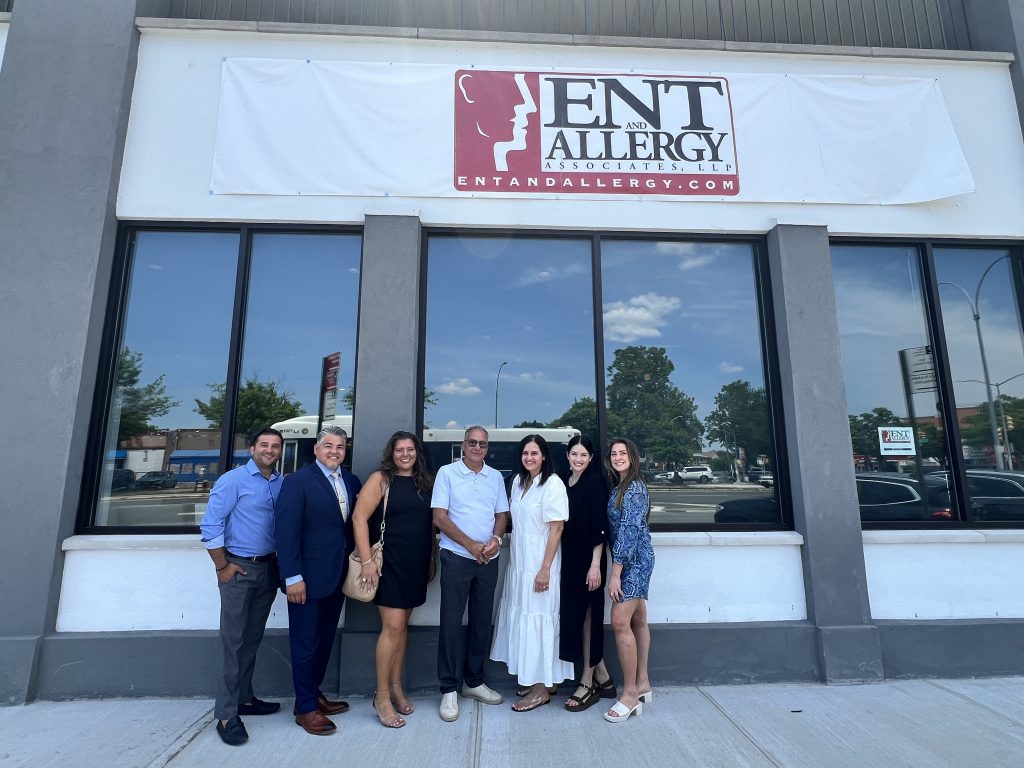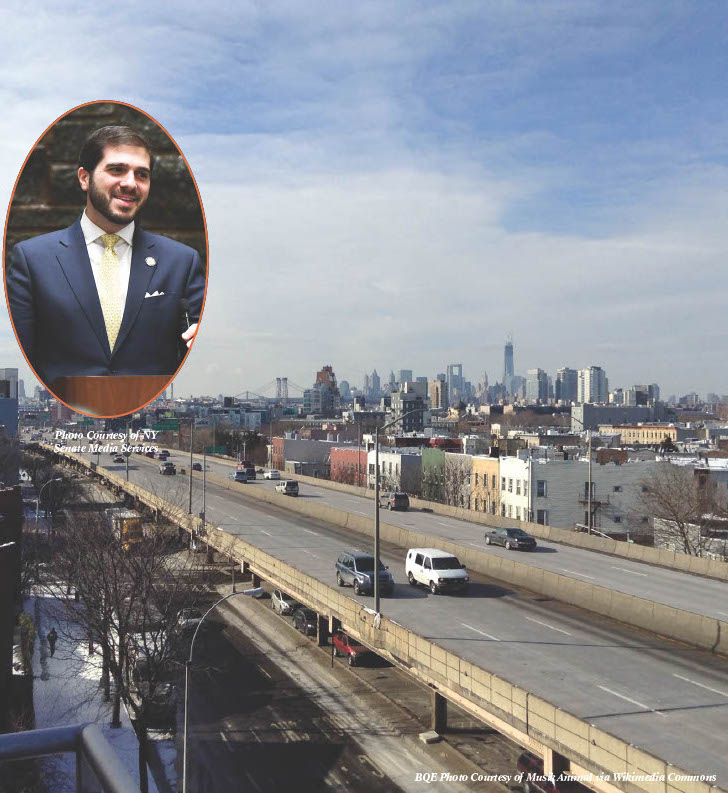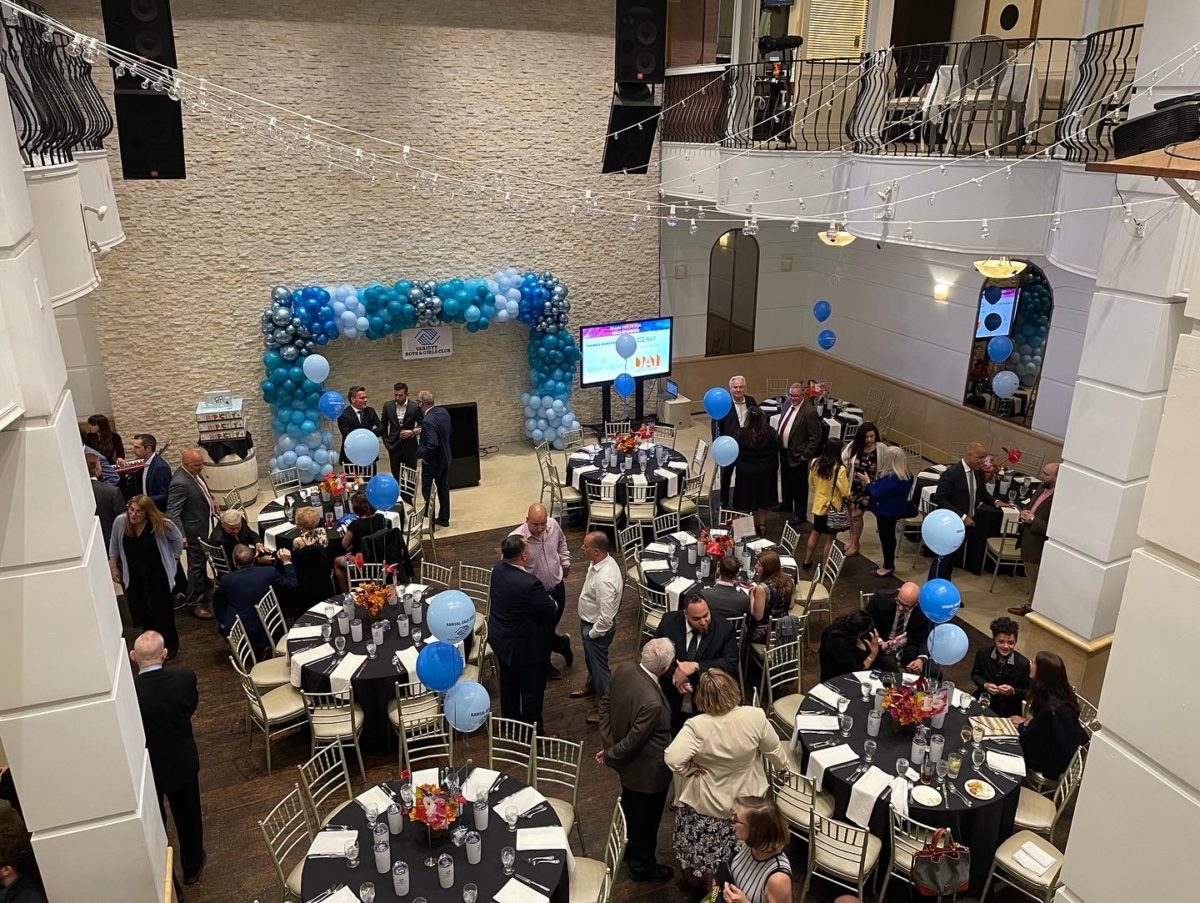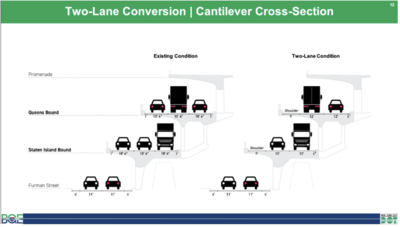ENT and Allergy brings vital healthcare services to Flushing
By Yasin Akdag
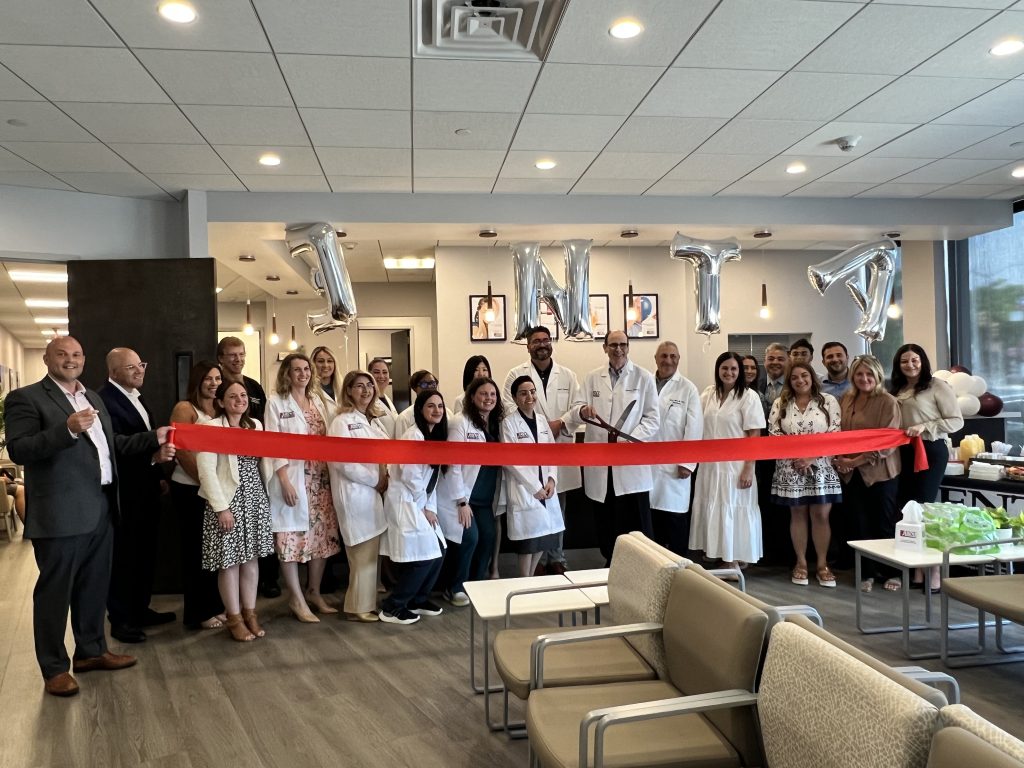
ENT & Allergy held a Grand Opening Ribbon Cutting event at their new office, located at 35-26 Francis Lewis Blvd. in Flushing, Queens on June 25.
ENY & Allergy offers patients access to a world-renowned team of experts that work together on complex ear, nose, throat, and head and neck disorders.
Dr. Andrew L. Blank, led the ribbon cutting ceremony, and the entire Flushing ENT & Allergy team of doctors was present. Dr. Blank delivered a speech to honor all of the doctors and emphasized how much his team cares about the Queens community- noting how many local patients rave about the care they receive.
The BQE Media and Marketing team participated in the event and exchanged a few words with ENT & Allergy Doctors.
“Opening the urgent care facility has brought great value to our community. We are truly privileged and proud to serve Queens residents with dedicated and compassionate care.” said Dr. Blank.
Dr. Tamekia Wakefield, the board member of the Variety Boys and Girls Club, who specializes in pediatric otolaryngology, stated that she is very happy about serving the community of Queens.
“The doctors are also pleased at the fact that parking is very reasonable in the area,” said Wakefield.
ENT and Allergy marketing associate, Amanda McDonald, organized the event, and ushered attendees over to breakfast items, from bagels with cream cheese to beverages like orange juice to cakes and cookies.
“I would like to extend my sincerest thanks to community for attending our ribbon cutting ceremony on Tuesday, and we look forward to serving the Flushing, Queens community with our best effort ” said McDonald.
Kudos to the ENT & Allergy Team for serving the Queens community efficiently and passionately.
